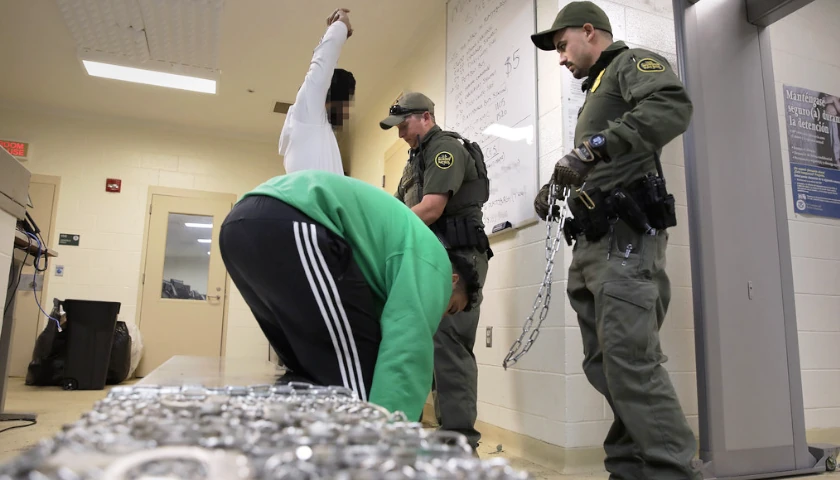by Will Kessler
The U.S. added 336,000 nonfarm payroll jobs in September as the unemployment rate remained at 3.8%, according to Bureau of Labor Statistics (BLS) data released Friday.
Economists had anticipated that the country would add 170,000 jobs in September compared to 187,000 in August and that the unemployment rate would slide down to 3.7% from 3.8%, according to Reuters. Private employment data for September showed that only 89,000 jobs were added for the month, as the professional and business services, trade, transportations and utilities and manufacturing services sectors all had substantial losses, according to ADP.
“The market seems stuck in the mindset of good news is bad news,” E.J. Antoni, a research fellow at the Heritage Foundation’s Grover M. Hermann Center for the Federal Budget, told the Daily Caller News Foundation. “The thinking here is that a stronger labor market, a.k.a., more people have jobs and wages are rising, is the opposite of what the Fed wants to see. That means higher rates for longer. Both sides are wrong, unfortunately. A strong labor market is not automatically inflationary as the Keynesians at the Fed believe. Similarly, the market is wrong to think rates will come down once the labor market falls apart — rates can’t come down until the Treasury slows its breakneck pace of borrowing.”
ISM's services PMI shows slower growth in Sep w/ new orders roughly moving sideways, prices still rising fast, and employment growing slower; accommodation and food services shrunk, foreshadowing a lackluster performance for leisure and hospitality in BLS's Sep jobs report: pic.twitter.com/0hfaMDhrTj
— E.J. Antoni, Ph.D. (@RealEJAntoni) October 4, 2023
 Accompanying the high jobs numbers, Gross Domestic Product (GDP), a measure of economic growth, remained elevated for the second quarter of 2023, at 2.1% as of its third revision in September. Jerome Powell, chair of the Federal Reserve, said at the Jackson Hole Economic Symposium in August that the federal funds rate could be hiked even further if economic growth persists, depressing job growth.
Accompanying the high jobs numbers, Gross Domestic Product (GDP), a measure of economic growth, remained elevated for the second quarter of 2023, at 2.1% as of its third revision in September. Jerome Powell, chair of the Federal Reserve, said at the Jackson Hole Economic Symposium in August that the federal funds rate could be hiked even further if economic growth persists, depressing job growth.
The Federal Reserve has raised its federal funds rate 11 times since March 2022, most recently choosing to keep the rate in a range of 5.25% and 5.50% at the September Federal Open Market Committee. The rate has been increased as a result of persistently high inflation, which was measured at 3.7% in August, down from its recent peak of 9.1% in June 2022 but still far from the Fed’s 2% target.
The number of government jobs added in the past year buoyed the monthly jobs numbers, with government jobs making up 17.4% of the total jobs added for the year ending in August, while in that same time period in the previous 12 months that proportion was only 5%.
– – –
Will Kessler is a reporter at Daily Caller News Foundation.




